Future of Football
Climate & Sustainability
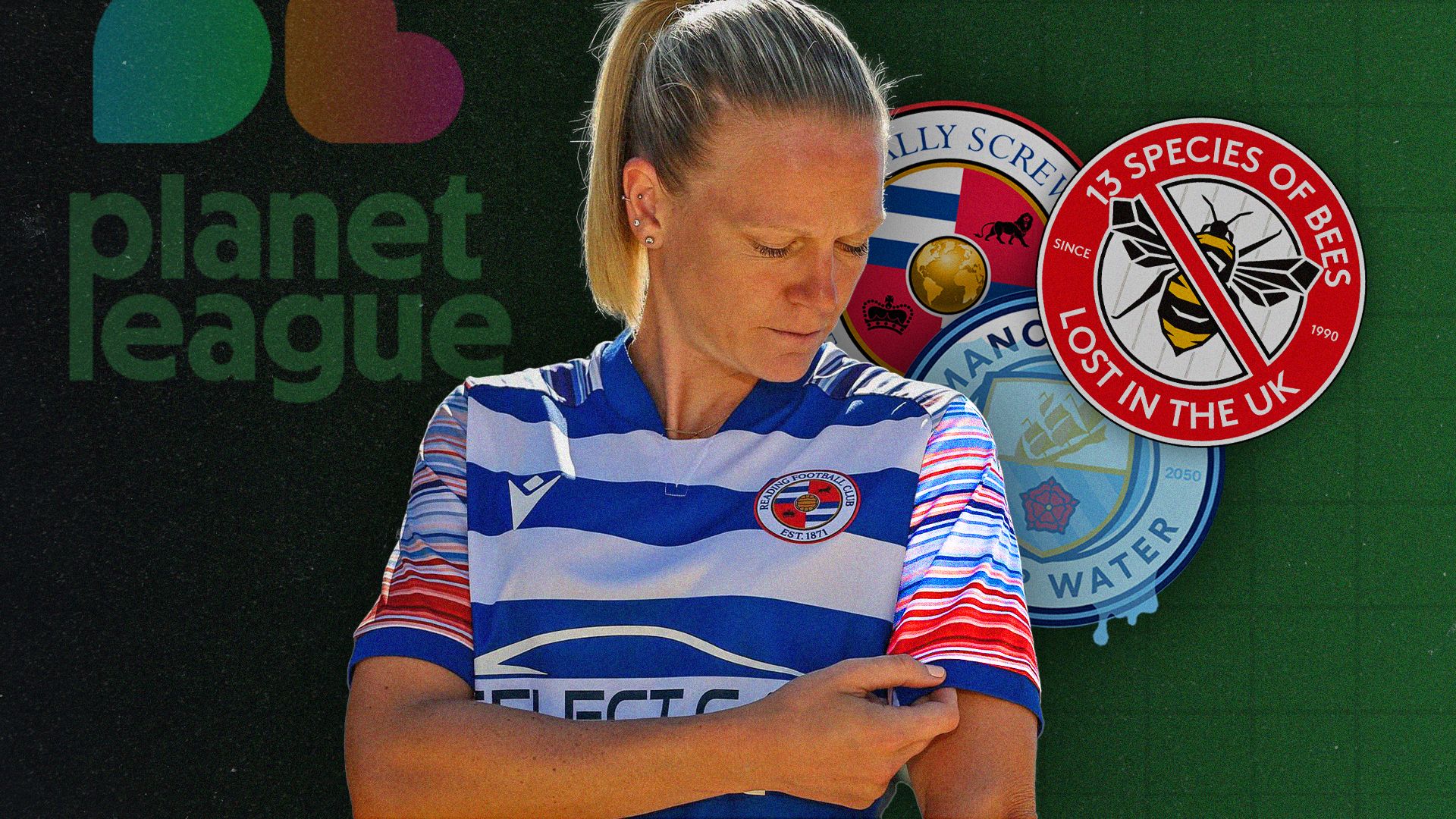
There is no getting away from the fact climate change is one of the world's most pressing issues.
There is no denying football is a contributor either, with travelling to away games via plane having been highlighted as an area of concern in recent months.
As part of Sky Sports’ Future of Football project, we took a closer look at the measures individual clubs in the UK and beyond are implementing in order to play their part in making football a more climate-friendly, sustainable sport for years to come.
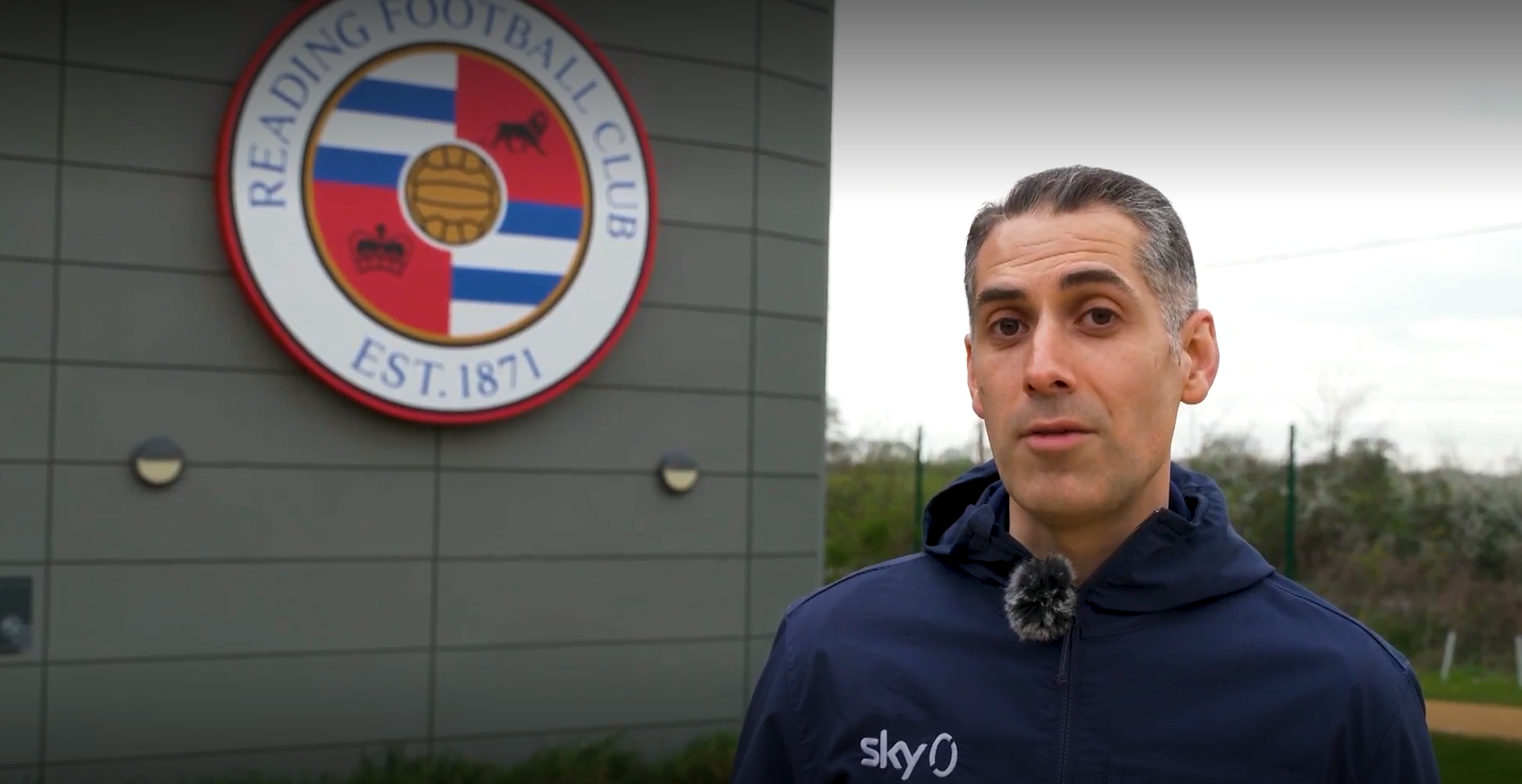
Southampton are one of the country's most sustainable clubs.
The Saints have made a commitment to playing their part in a sustainable future “for our club, our fans and our community” and are working towards ‘The Halo Effect’, which combines the following four principles to achieve a common goal:
- FAN | We give our fans a voice: We will treat all our fans fairly and equally, reward their loyalty and encourage dialogue, while providing an outstanding and accessible venue.
- ENVIRONMENTAL | We protect our planet: We will live within our means and only ever use what we need. We will give back more than we take away.
- SOCIAL | We are a good citizen: We are committed to supporting our community to ensure the city and the surrounding region can thrive as a place to work, live and prosper, individually and collectively.
- CORPORATE | We run a good business: We always play the right way, on and off the pitch, treating everyone the way we would wish to be treated ourselves.
The environmental principle is particularly pertinent for Southampton, with recent research suggesting their St Mary’s home could be underwater as soon as 2050.
“I didn’t know that. That’s scary, because that’s not too far at all.” Former Saints player Theo Walcott was visibly stunned when Sky Sports’ David Garrido laid the facts bare.
“That’s really shocked me to be honest. If that doesn’t really wake everyone up, I don’t know what will.”
Historically, footballers have been accused of being out of touch with the real world, but that does not seem to be the case so much nowadays.
Increasingly, players are using their platforms to tackle social and environmental issues and Walcott is one of those, with an awareness of climate change and ideas on what should be done to combat the problem.
“People think that because certain things are happening so far away, it’s not going to bother us. No, that’s the problem there, straight away,” he says. “We need to come together - not be individuals in this process - to save the planet.
“It’s a beautiful world and we need to really hold on to it, we need to protect it, because it’s been far too long that we’ve been blindsided by certain things in life. We’re in this world for a reason; it’s to protect it, to provide for our families and to look after each other and I feel like we haven’t been looking after the planet in the right way. We need to do it now.
“It starts from our generation pushing the new generation to do the small things like turning light switches off, turning plug sockets off, not having the TV on all the time, reading books, playing games, instead of just computer games, for instance. If we start somewhere, when we’re no longer here, hopefully the planet will be a better place.”
Walcott suggests clubs could implement a scheme whereby they compete against one another to be recognised as the most green or climate-conscious.
“We compete on the football field and we want to be the best we can be, so if you’ve got people who compete in a different type of competition, which is essentially is going to be good for anyone and the planet, why not?
“I feel like, in time, each and every club should be doing this. At Southampton, we had seasons with ‘green days’ where we’ve played in green kits. At some point this should become mandatory.”
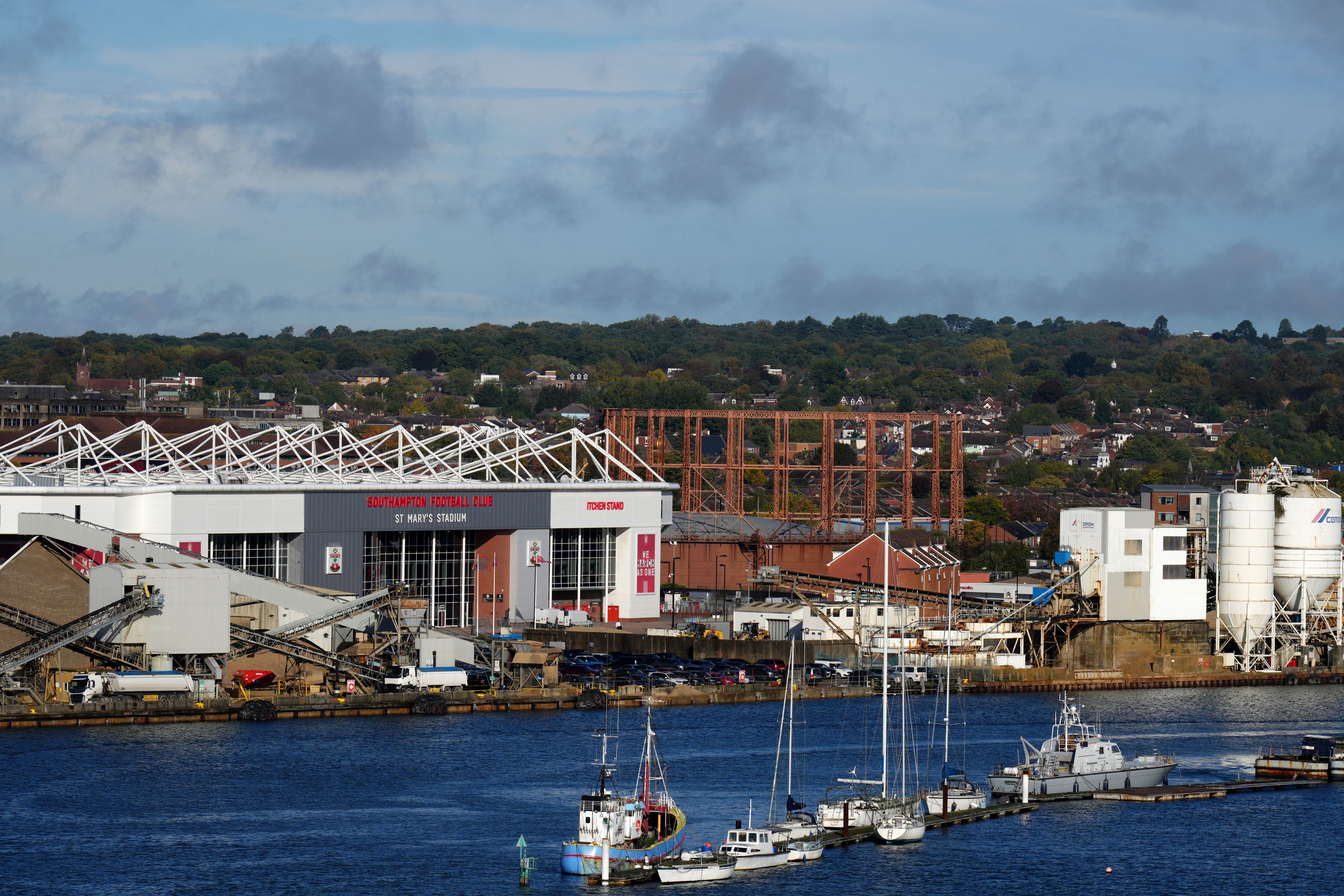
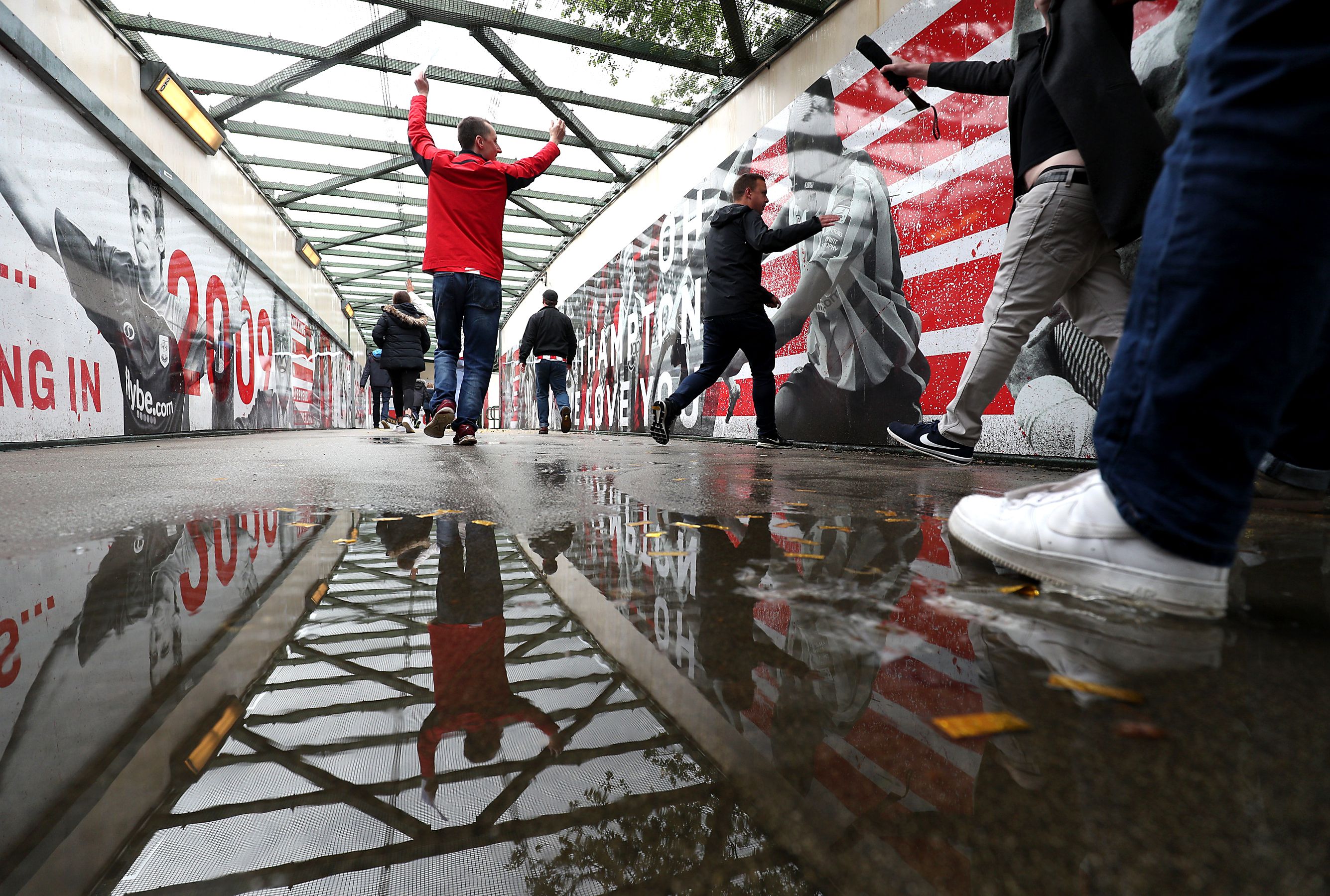

Tom Gribbin has devised a solution to this idea. He is the founder of Planet League, a website where fans can score ‘green goals’ for the team they support by completing environmentally friendly actions, such as eating a plant-based meal, turning off light switches or using a reusable water bottle. The more ‘goals’ players score, the higher they climb up the league table.
A venture that started with five clubs involved has grown to 80, with Saints' Planet League Cup one of the most hotly-contested, particularly given the prizes involved. The fan who takes the most action in a specified time period wins a meet-and-greet with the first team, with other rewards including matchday hospitality and signed shirts.

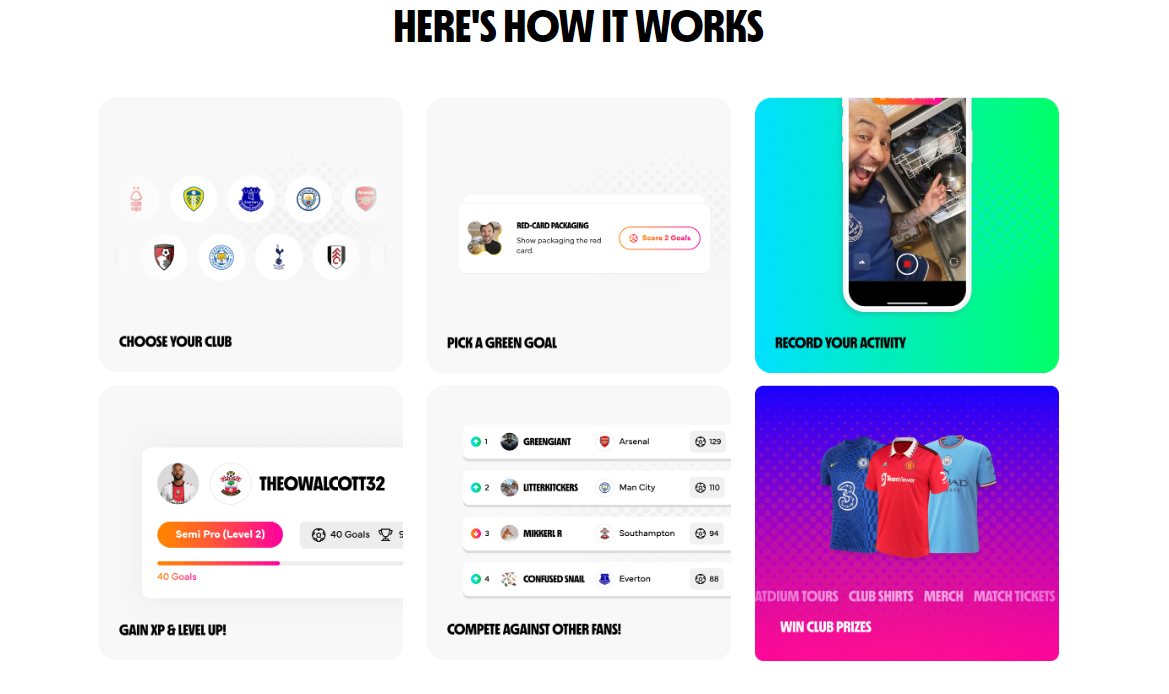

Gamification of taking climate action is key to engaging younger fans and Gribbin says this is just the beginning.
“Football has been a perfect vehicle to talk about living greener,” he says.
“We’re seeing a lot of stuff in the sports pages around climate change and we’re seeing football clubs step up and take action themselves; they’re getting their own house in order, they’re sorting out things internally, and more and more now they’re talking to and engaging the fanbase.
“Without the fans, football is nothing. We’ve got to use our voice in the right way. Clubs hear those messages and make the changes quicker.
“We’ve seen in other sides of football that fans have been very upset by things like the Super League idea that came out. They took to the streets, they went mad, and football quickly turned away and said: ‘You’re right, we got that wrong, we messed up.’
“This is starting to happen with climate, but it’s happening in a more positive way, so if you’re a fan of any club, write to them, find out what they’re doing, ask them what they’re doing - they really do respond.
“What’s exciting is that you’ve got the academy players, you’ve got the first-team players taking part, not just within their organisation but using their voice on their social media platforms, a representation of who they are as people. It’s really important, that social proof, to the Saints fans taking part. We’re really excited about where this can go.
“It’s been a great first move from Southampton - the fans are absolutely loving the tournament. The beauty of football is there’s a Southampton community in the geographical city, but actually the fanbase is global, so this can reach not just a UK market but markets all over the world.
“I think we’re a couple of seasons away from major sustainability stories, content, competitions and fun engagement. I’m not sure we’ll get chanting on the terraces about this, but I think we’re in an amazing place right now. Just around the corner is a real explosion in terms of green living, making it fun, engaging and exciting, just as sport is.”
Click here to sign up for Planet League!

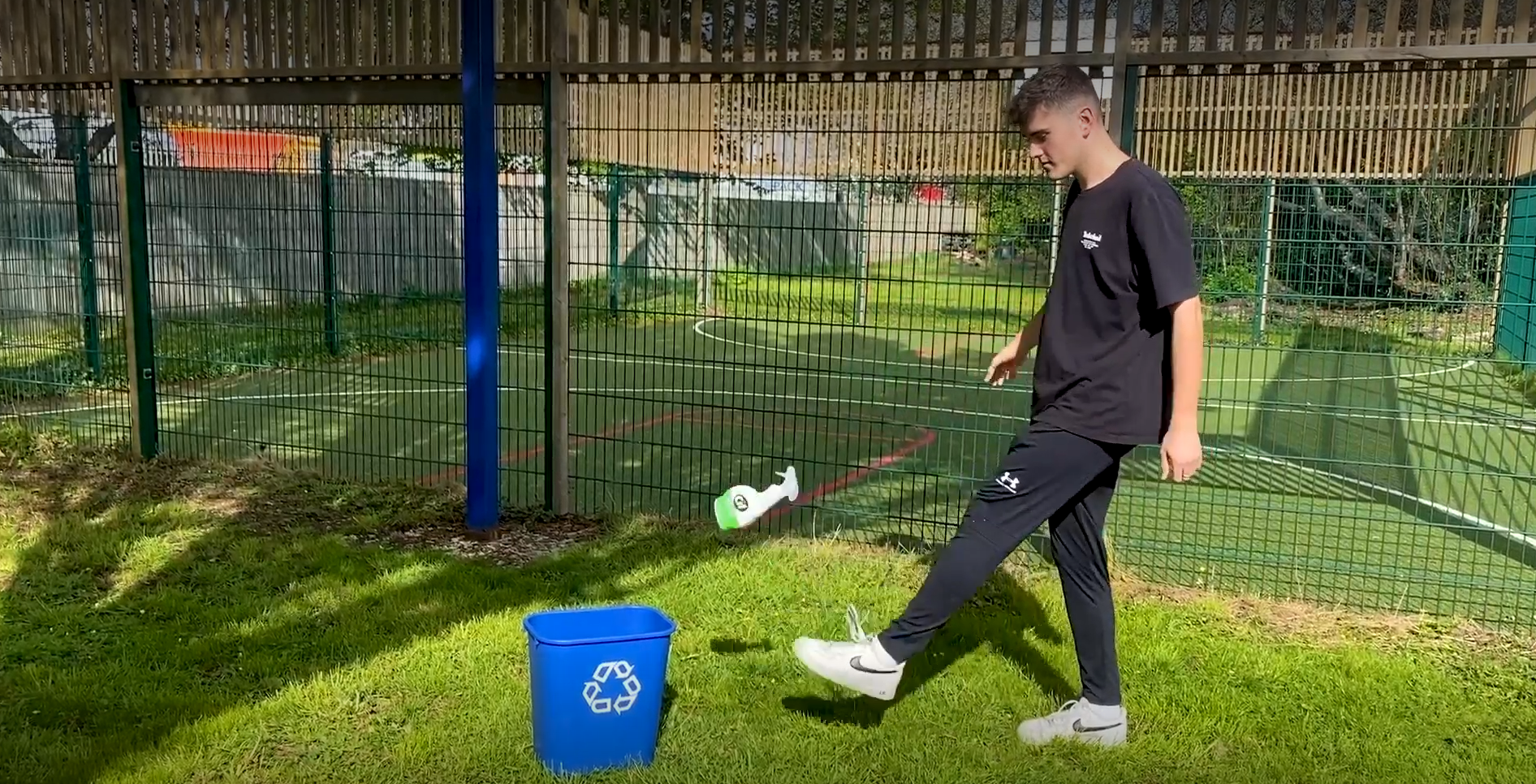
No conversation about climate and sustainability in football would be complete without taking into account the places where the sport itself is played.
To tackle this topic, we brought in Dale Vince, chairman of Forest Green Rovers, Benedicte Halvorsen, head of development at Norwegian club FK Bodo/Glimt, and Kristen Fulmer, head of sustainability at Oak View Group.
In conversation with Sky Sports News' David Garrido, the trio discussed a range of issues including energy, transport and food; biodiversity, technology and future projections.
Dale Vince
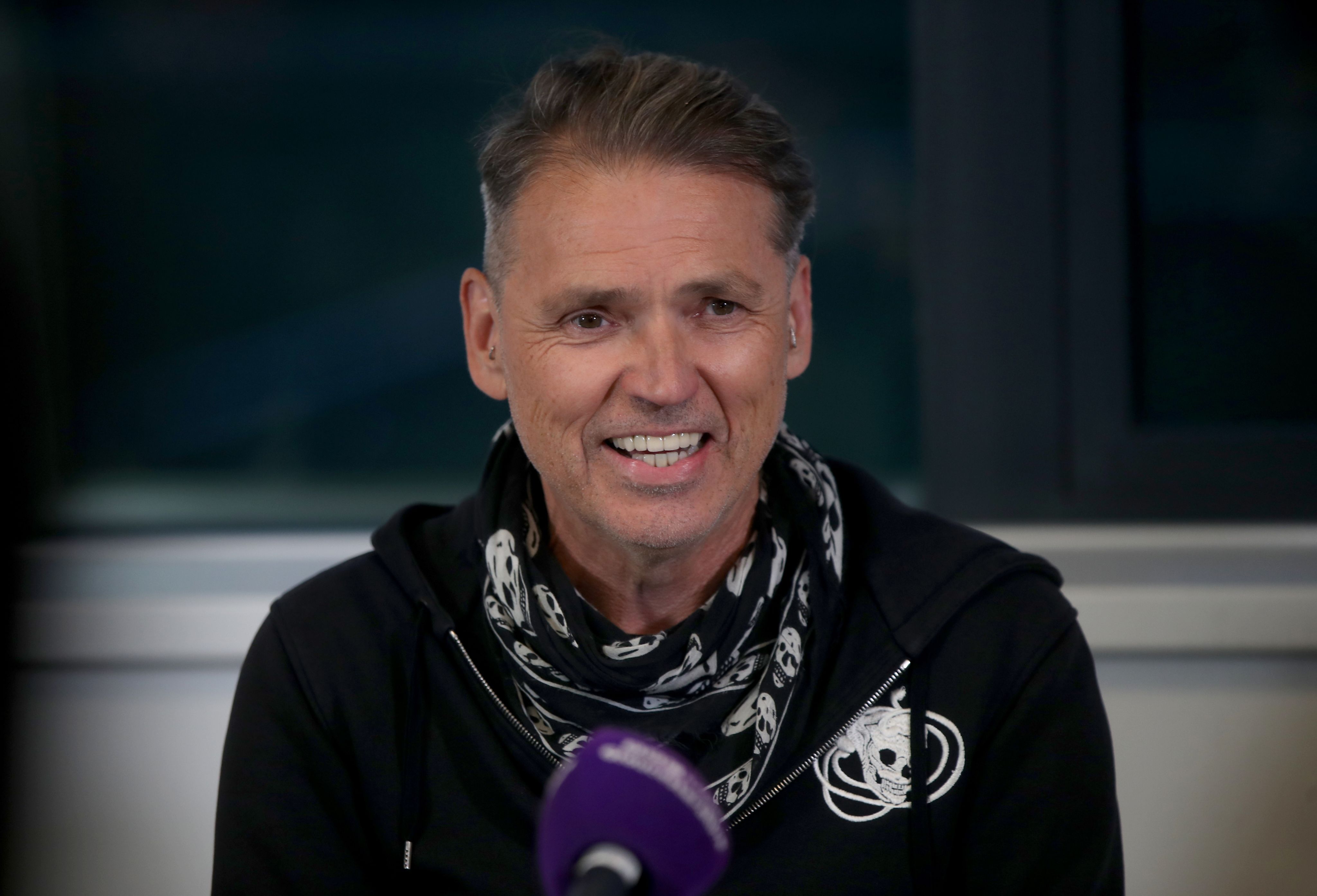
Benedicte Halvorsen
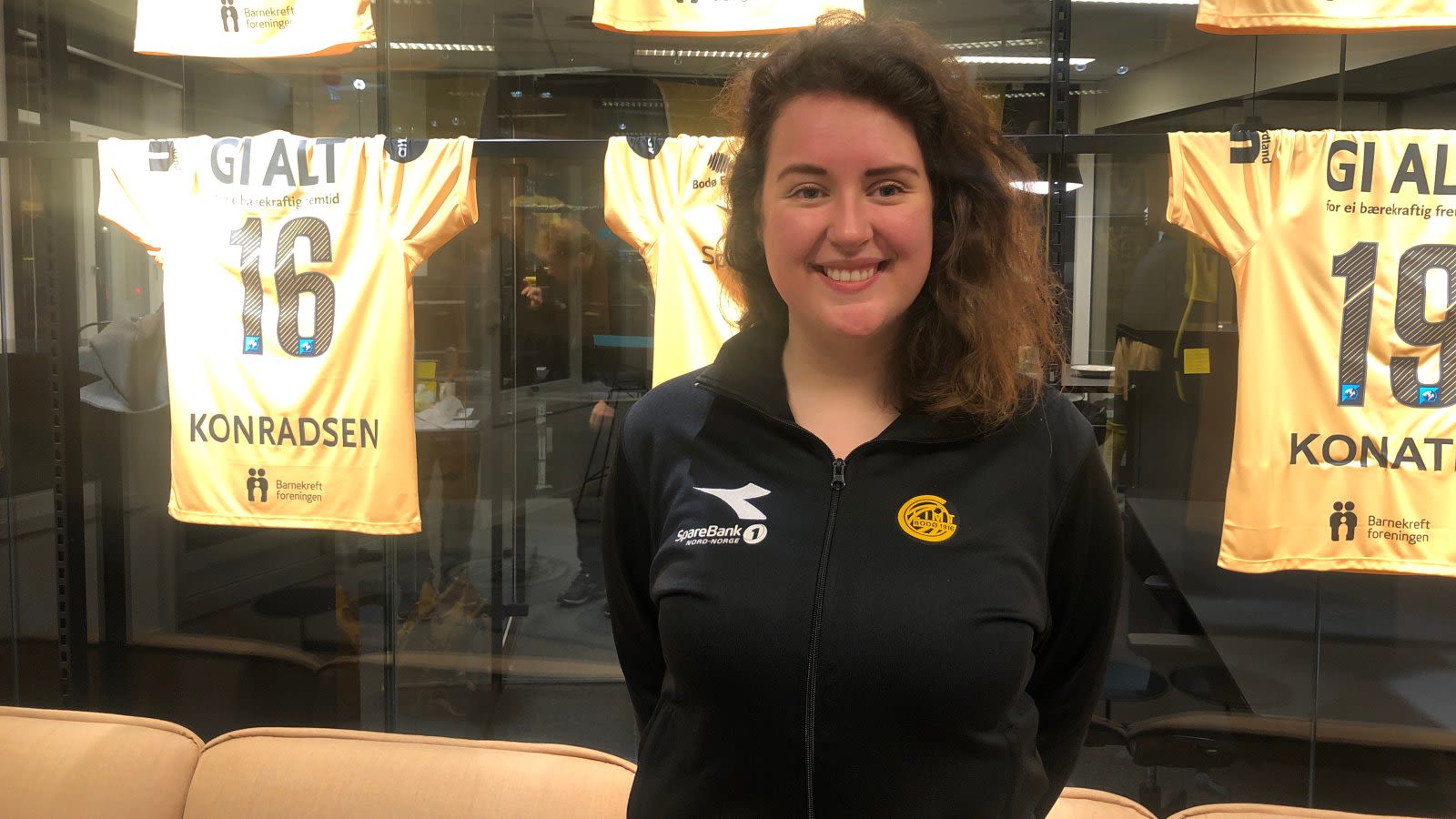
Kristen Fulmer
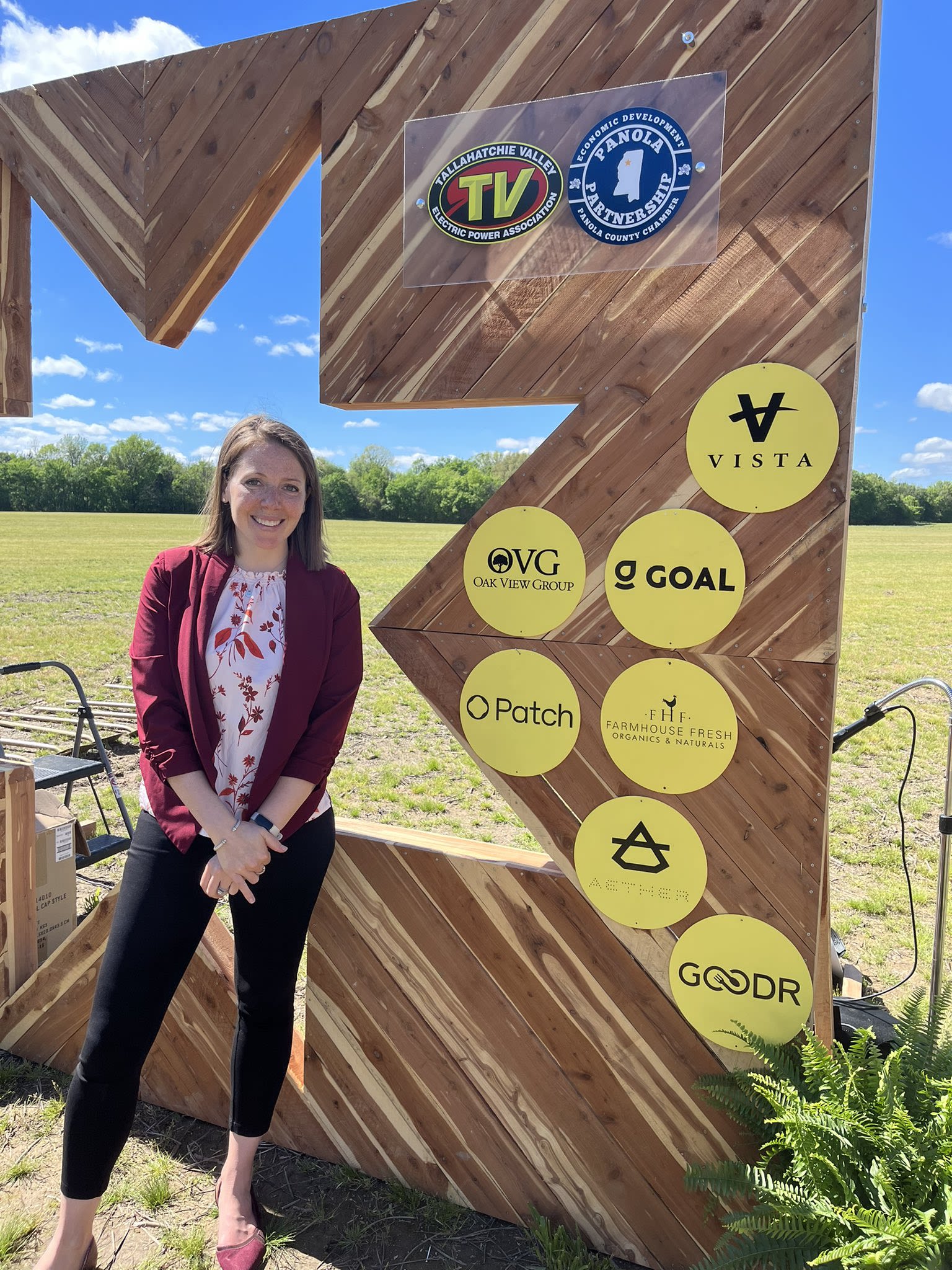
How can stadium plans incorporate sustainability?
Vince: "Eco Park [Forest Green's new stadium] is being made entirely of wood. It's a beautiful stadium, which will have the lowest carbon footprint of any stadia built since the Romans because it will have virtually no concrete and virtually no steel. What I have learned is that 75 per cent of the carbon footprint of all sports stadia is embedded on day one with the materials they are built with. Wood is a brilliant material for reducing that footprint.
"There will also be a 4,000-job green tech business park, a reinstalled piece of canal and a wetland we'll create between the canal and a river. We'll have a biodiversity boost of 20 per cent across the entire site after we've done all that."
Halvorsen: "The vision behind our new stadium is very much based on sustainability. We have four different projects where we go in and work with local business partners; for example, 75 per cent of all the materials we will use in non-loadbearing construction will be made from reused materials. That will be taken from other sites and put into our stadium.
"I don't know if using the pitch surface itself for concerts or other sports is necessarily good enough. What we aim to do is collaborate with, for example, someone doing urban farming. They are going to rent a piece of our stadium and grow food inside it. That means that part of the arena will be in use 365 days a year."
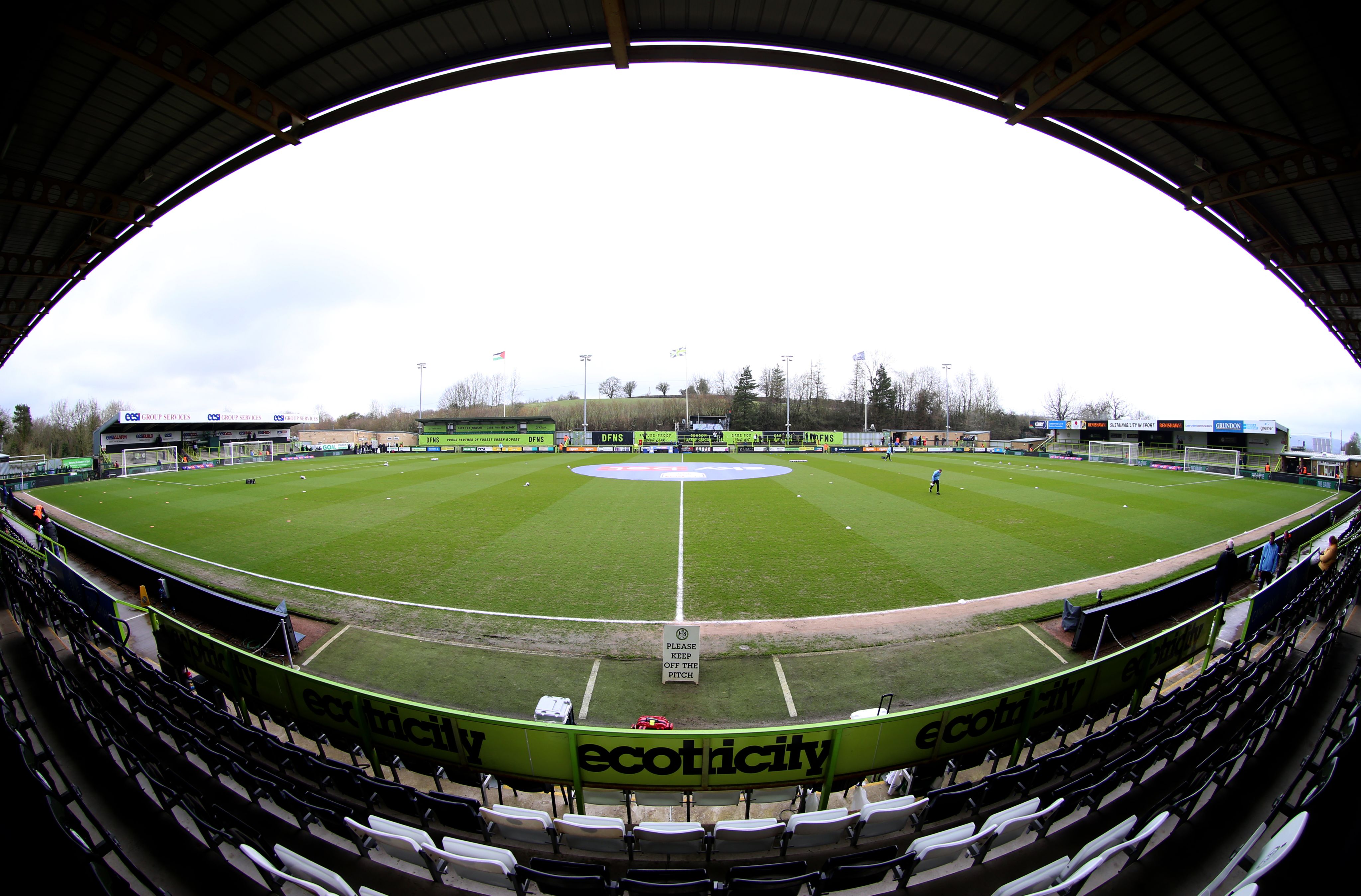
How can food offerings at stadiums become more sustainable?
Vince: "Change the menu. Move away from animal products, meat and dairy. It's so easy to do. Vegan options, plant-based options have proliferated incredibly in that last few years; fans are really open to that kind of stuff and, in many cases, demanding it. We've been vegan at Forest Green for over 10 years now, from a time when it wasn't trendy or that easy - it's super easy now."
Fulmer: "We've definitely talked about it internally with the Oak View Group hospitality team, how we can reduce especially our red meat offerings and prioritise lower carbon options. At conferences we host, we've removed certain meats from the menu and done surveys after to see if people have noticed.
"We can almost passively reduce our carbon footprint without anybody getting upset because the quality of the food offered is so good. There are a few leaders out there in terms of how they are building their menus around sustainability, but there's still a long way that we can go. I would also say food waste is on the top of our list of priorities for how we address it because that problem, especially in our premium spaces, is quite large."
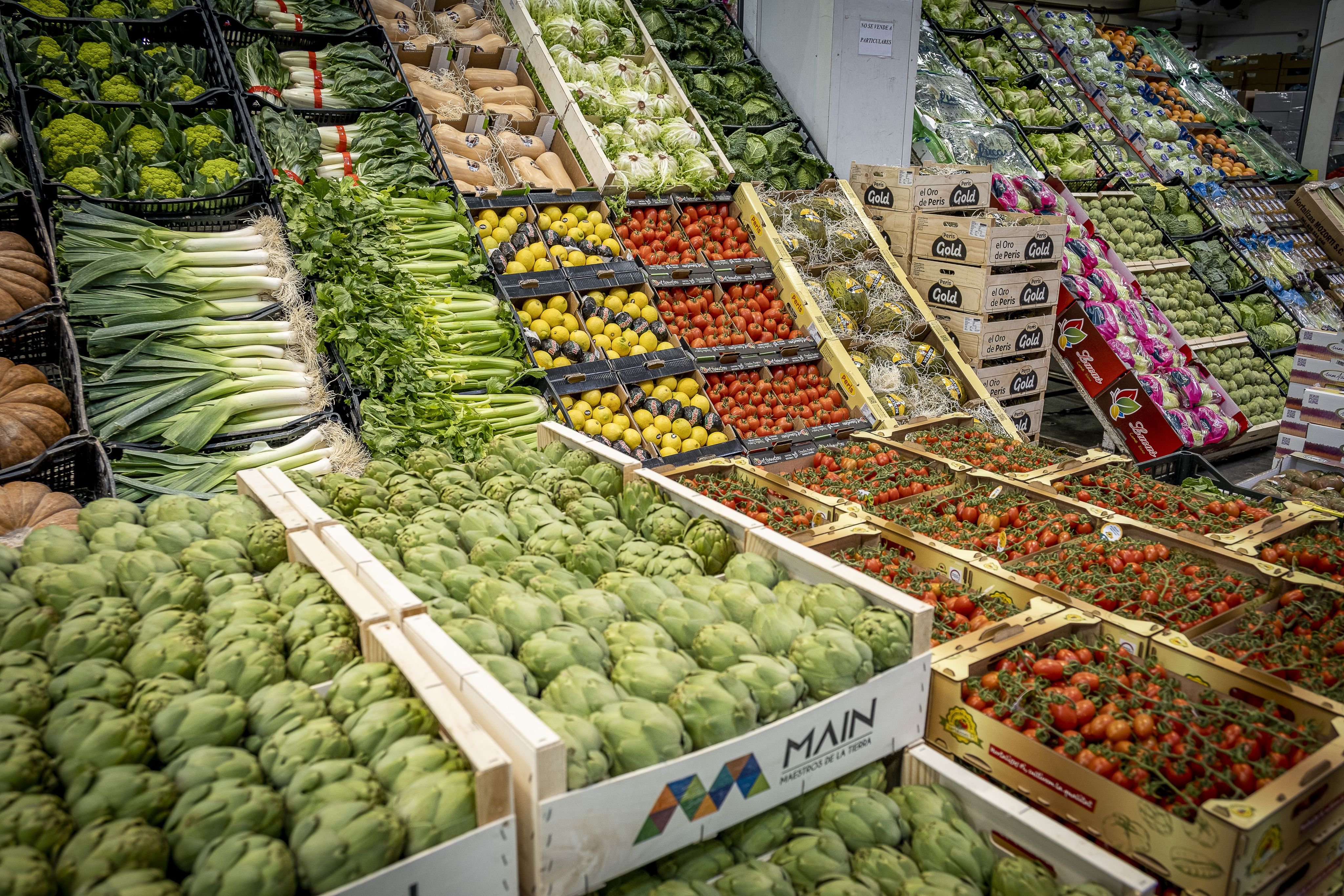
How can we utilise technology in sustainability?
Vince: "What we need to do is use less energy, transport and food, always waste less of all three things and then source what we absolutely need more sustainably. We have the technology in all three cases. The biggest footprint we struggle to deal with is planned travel.
"What I say is that we shouldn't worry overly about that as it's very difficult to solve completely, but it's changing in the background. Buses are electrifying, cars are electrifying and in food, it's not about technology, it's a simple food choice. Stop eating animals because it's so bad for the climate and for human health. The food we put on the menu in stadia is our responsibility."
Halvorsen: "If a partner wants something on our advertising hoardings at the stadium, the message has to be something to do with sustainability or something they are doing to better the world. With the new stadium, we're going to know where the electricity is coming from, which is something people seem to forget quite a lot."
Fulmer: "I come from the commercial real estate industry previously and this industry is so far advanced in this. Employees know what the air quality is and they know how to change their space to accommodate those needs when they are alerted that the air quality does get bad. The same thing should be true for athletes and training facilities, in locker rooms or for fans, or the cook staff in the kitchens preparing food, as the back-of-house spaces are big.
"All of these spaces, from a health and wellbeing and environmental perspective could benefit from introducing more technology - and most of that technology already exists. Using a smart building system to help reduce energy consumption in the spaces of the building that are not being used is something that happens all the time in other industries. We just need to make sure our existing buildings can accomodate that technology."
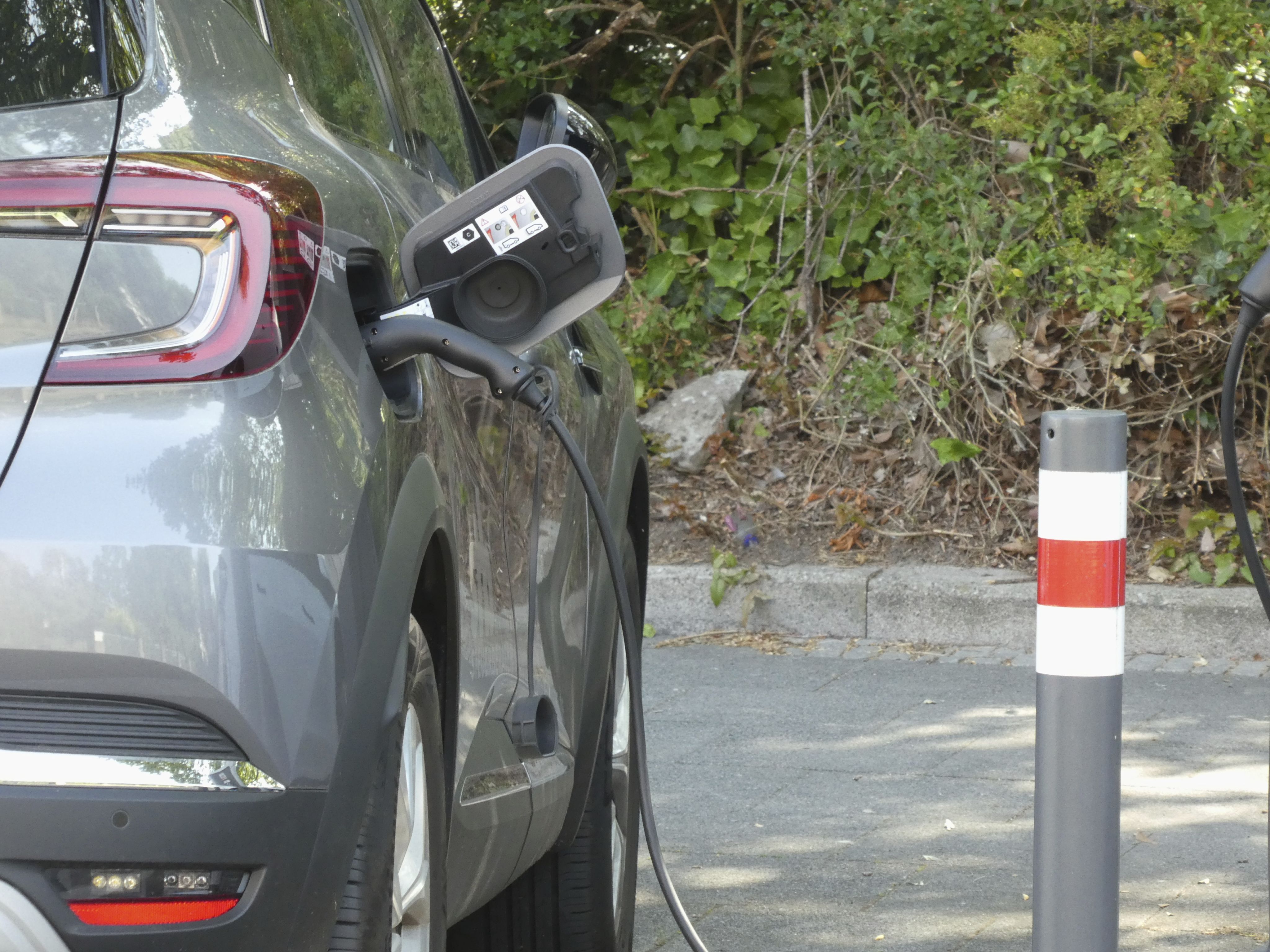
What about biodiversity in stadiums?
Halvorsen: "We're building on farmland, so we're moving it and making sure it's re-established somewhere else so we don't lower the food production in the area. The farmer has done it before and he says it actually increases how much food is produced in our city because we are moving it to that specific location. Then we're seeing what specific things there are at the space where he is moving it; are there any flowers we need to take care of? Then we're considering whether we need to bring them back to our plot of land.
"The plot of land is right before you go into the most popular walking space in the area. Norwegian nature is quite special. You go down a long paved road, up a hill - and by hill, I mean mountain! - and from that place, you can see the entire town. We need to address biodiversity in the stadium because it's like an entry way into nature."
Fulmer: "In the US, our venues do a really good job of biodiversity without calling it that. At Fenway Park - home of the Boston Red Sox - they have a beautiful garden run by a local non-profit, which makes a whole bunch of local food that is both served within the stadium and shared with the community. That brings bees and pollinators back into the city without even intentionally calling it biodiversity.
"We need to be better at capturing and quantifying how we're re-introducing natural life in, but it's definitely there. The other example is the living wall at Climate Pledge Arena. It's indoors, but we bring a huge amount of different species of plants into this large living wall, which is probably the most Instagrammed spot in the arena, if not in that area of Seattle."
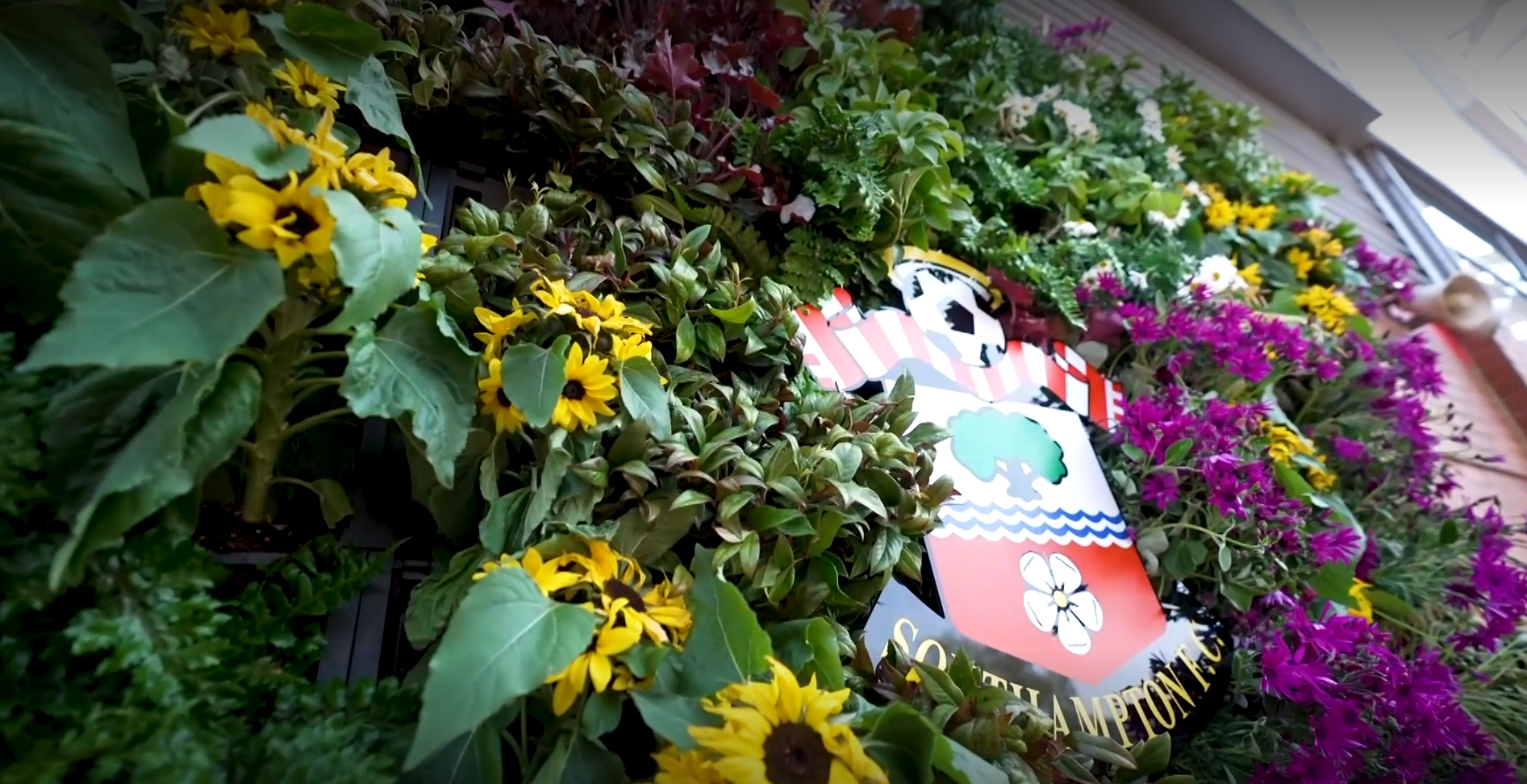
What's your vision for the future?
Vince: "I love what happened during the last World Cup where you could see in-game data like heatmaps on the pitch if you held your phone up to the screen. We already have virtual tickets that sit on your phone and you can access our games from anywhere in the world on a flat screen, but the step to virtual reality is coming.
"Honestly, I don't have a vision beyond what we've already done. From our point of view as a club, we've got our carbon footprint down to as low as possible - something like 70 tonnes a year [for context, the global average energy-related carbon footprint is around 4.7 tonnes of CO2 per person]. The big thing at the moment is an electric bus to take our players to away games, but we're going to solve that this summer."
Halvorsen: "I need to admit I've stolen this from our content producer at the club, so he gets the credit he deserves! When we play our away games, how cool would it be if the game was brought to us? We'd sit in our stands and we can watch through a VR headset as though the game is happening in front of us, so you'd play both home and away at the same time."
Fulmer: "We talk about the term net-positive all the time - we usually mean we're generating more than we're consuming. I would love to see net-positive, regenerative sport, where we are giving back more to the environment than we are taking, whether that's related to carbon emissions, water, waste, but there is a mandate that we have to be regenerative and net-positive in how we operate sports.
"One example of what that could look like is why wouldn't we adjust the Olympic schedule or location to actually leverage the local climate that best supports that kind of sport? I would love to see a world where that is possible and I don't think we're too far away."
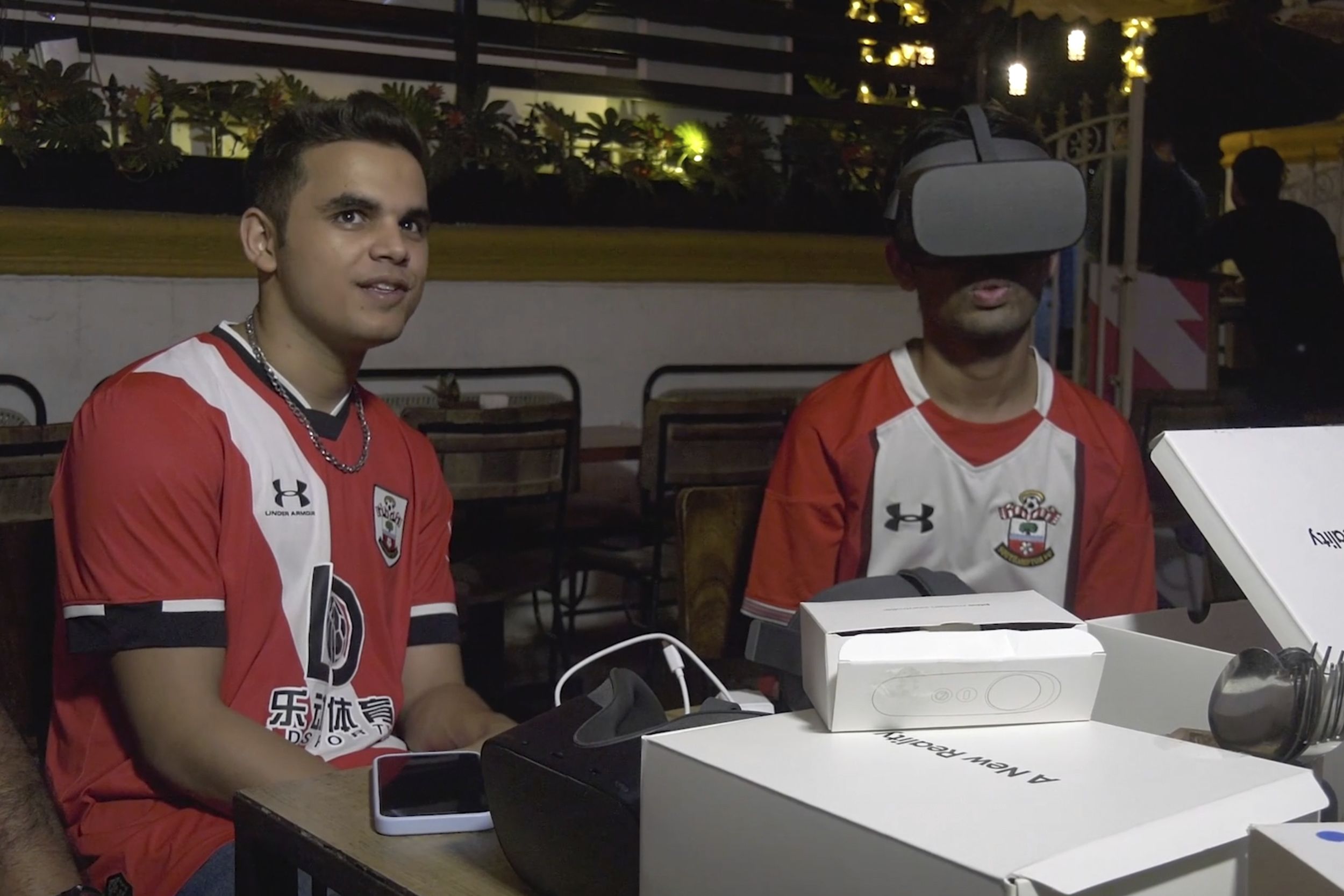
Last season, Reading caused something of a stir on social media, with the sleeves of their home shirt bearing thin, barcode-like stripes, which started off light blue at one end and turned red at the other.
As it turned out, this was not simply a quirky design choice; it was something more important. These were climate stripes.
So what are climate stripes?
Devised by the University of Reading’s professor of climate science Ed Hawkins, the copyright-free graphics are “visual representations of the change in temperature as measured in each country, region or city over the past 100+ years.”
The first graphic below illustrates the change in temperature in Berkshire between 1863 and 2022; the second is the global change between 1850 and 2022.
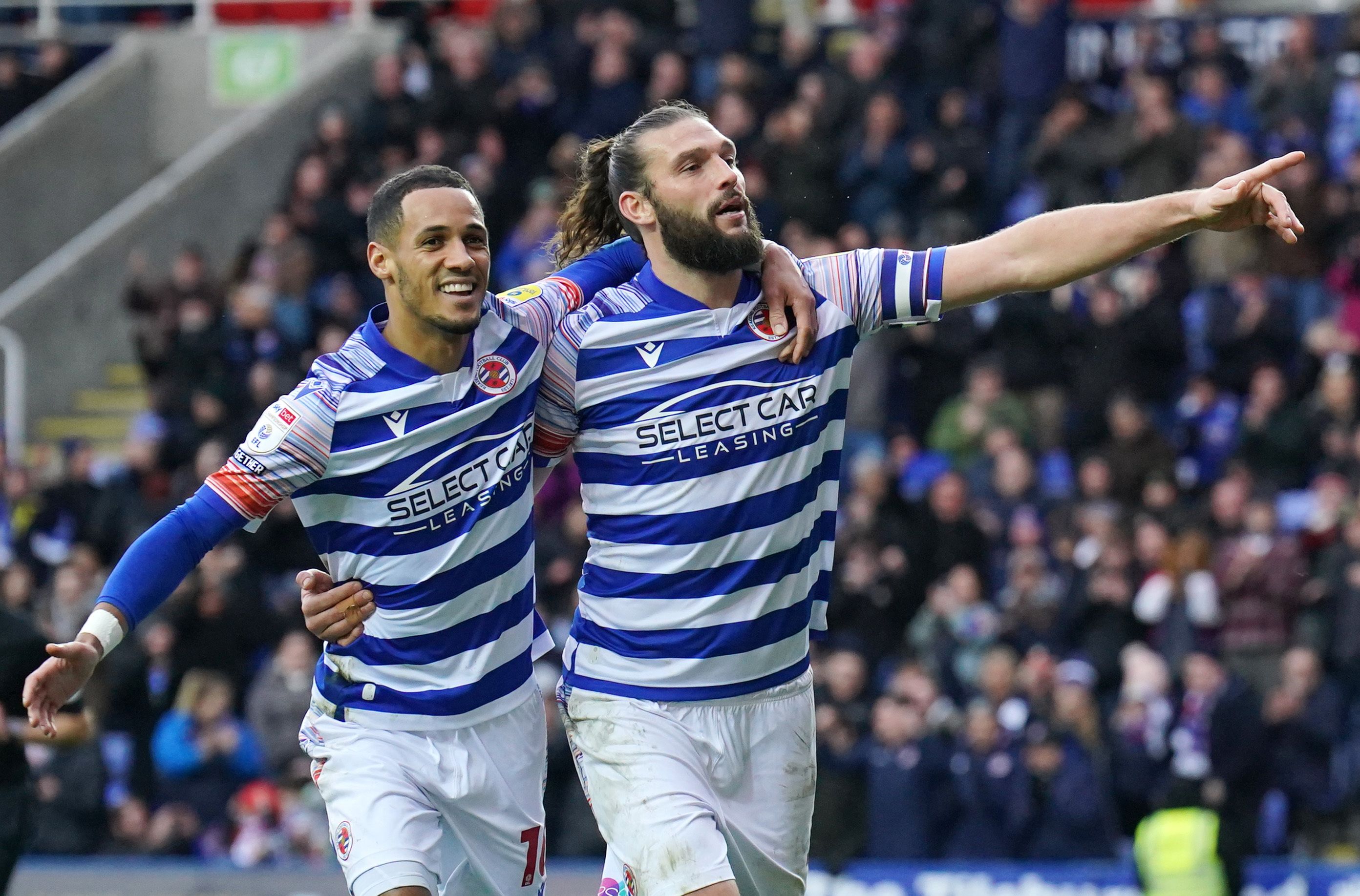
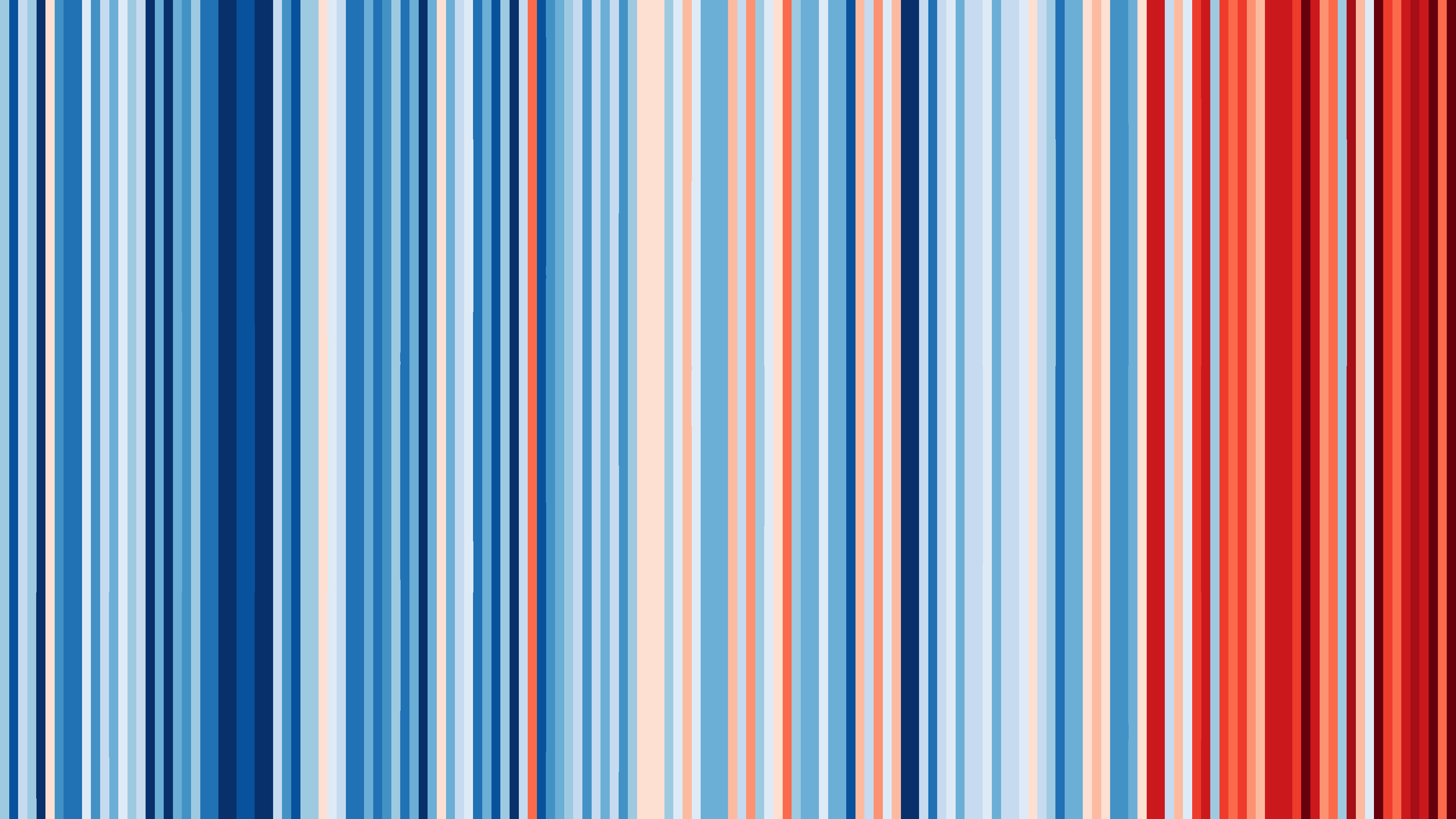

Speaking to Sky Sports at Reading’s Bearwood training ground, Royals defender Diane Caldwell says she was impressed with her employers’ “impactful and meaningful” support in highlighting climate change.
It resonated with the Republic of Ireland international more than most, too, as she is part of We Play Green, a movement established by Union Berlin midfielder Morten Thorsby, which has the aim of utilising footballers’ platforms to inspire change.
The organisation pledges to “uphold the two-degree commitment of the Paris Climate Agreement, symbolising our dedication to keeping global warming well under this critical threshold.” Two years ago, during his time at Sampdoria, Thorsby took action and changed his shirt number to 2 to reflect that.
“Generally people know the world is facing a problem,” Caldwell says. “They’ve probably heard of global warming, but they probably don’t truly know the extent and what they can do to play their part in creating a green shift.
“We’re experiencing more natural disasters, storms, warmer temperatures… you name it, so we’re in it now. It’s not something that’s going to be a problem in 50 years, it’s a problem now and everyone’s starting to see that.
“So if you want to look at it in terms of a football game, we’re in the 80th minute and we’ve got 10 minutes left to try to salvage something here. We’ve got a little bit of extra time to try to push and to try to create a victory, but action needs to be taken now. We are in a climate crisis and I think everyone needs to realise that. “
One small action from Caldwell at the beginning her year at Reading so far illustrates just how simple change can be.
“We used to have single-use plastics during Covid and I started to bring in my own cup,” she says with a smile.
“Some people were like: ‘Oh, what’s this all about? Why do you have your own special cup?’ It was a bit of a joke and they mocked me a little bit, but it rippled through the team and now we all have our own cups and single-use plastics are gone.
“I try to reduce, reuse, recycle, the three basic Rs. I’m starting to shift to a more plant-based diet now, too, and it’s just little things like trying to not use single-use plastics and, when I need a taxi, I try to use an e-car company, an electric-car company.
“When you cement all those up together, then they’ll have a meaningful impact, and it’s just getting that message through to everyone, that no matter how small you start, you can play your part and really reduce your carbon footprint.”
Caldwell believes football “has a responsibility” to lead the way into a future each and every person has the ability to shape.
“Football is the most supported sport in the world, it really has the unique position of being a leader for change.
“So can you imagine the impact that will have on literally billions of fans across the world if football takes on their responsibility, reduces their own carbon footprint, and spreads that message of climate action? It’s unbelievable the change that could make.
“Football reflects society in many ways, and we need to talk about it more, we need to increase the engagement, we need to increase the awareness and bridge that gap in knowledge and using our platforms to try and create that awareness.
“I think it’s necessary to create a little bit of a head-turner, create that engagement, that discussion - because that’s what ultimately will make a difference and just create awareness throughout the fanbases and create an action plan.
“Clubs need to embrace that power of being a leader of change and take those bold statements, to be like: ‘We’re going to act responsibly, we’re going to put a sustainable brand on our jerseys and act responsibly for the greater good.”
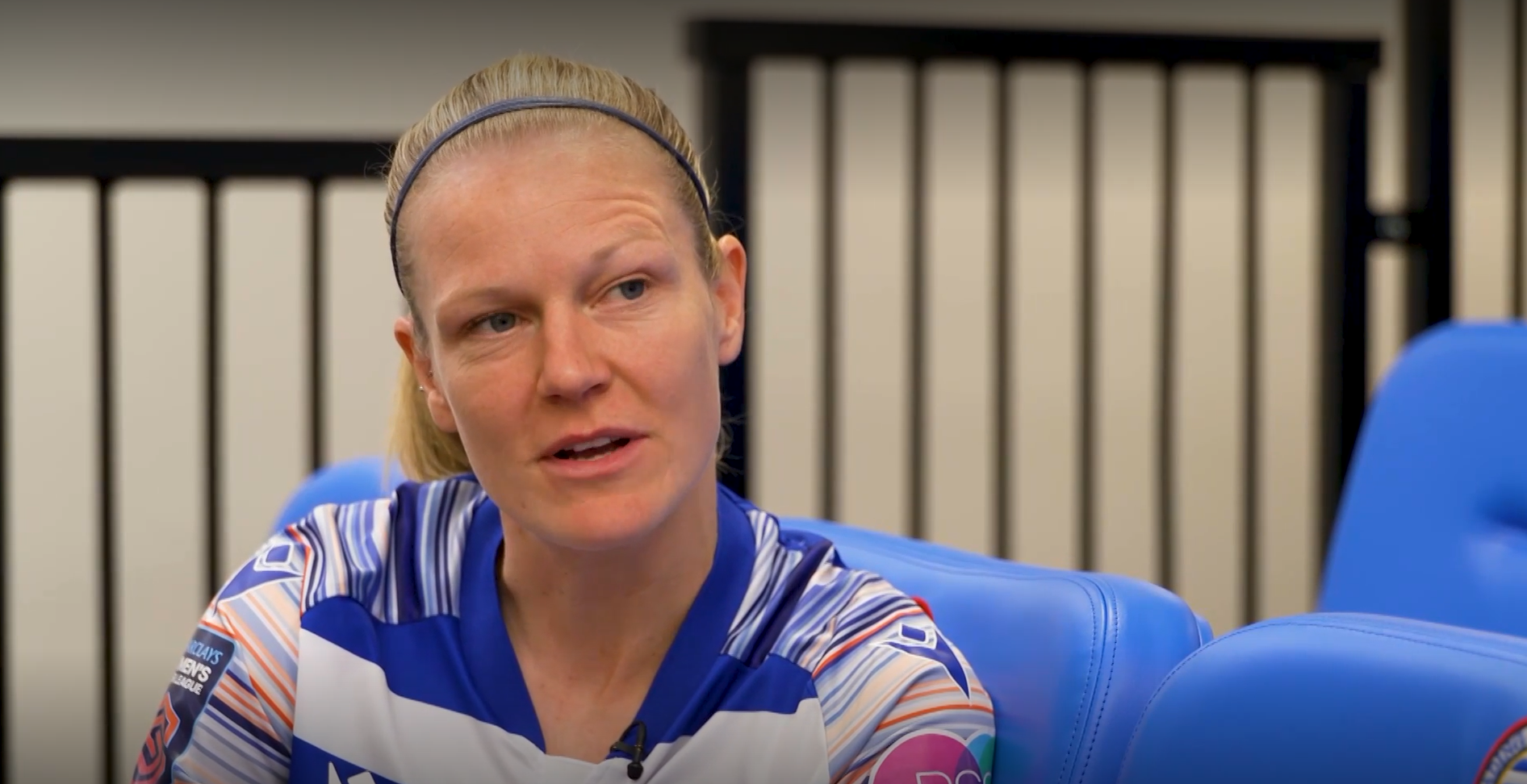
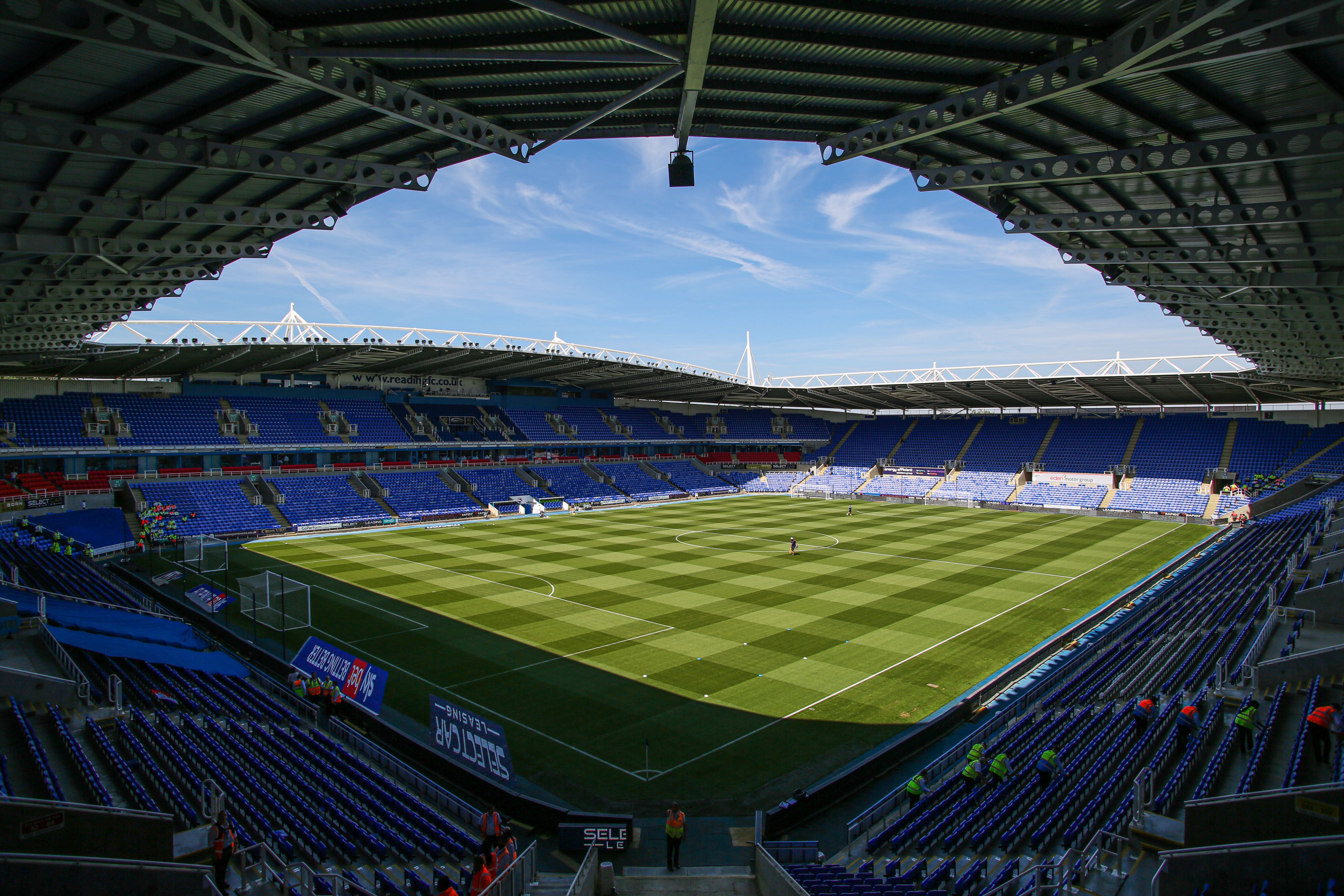
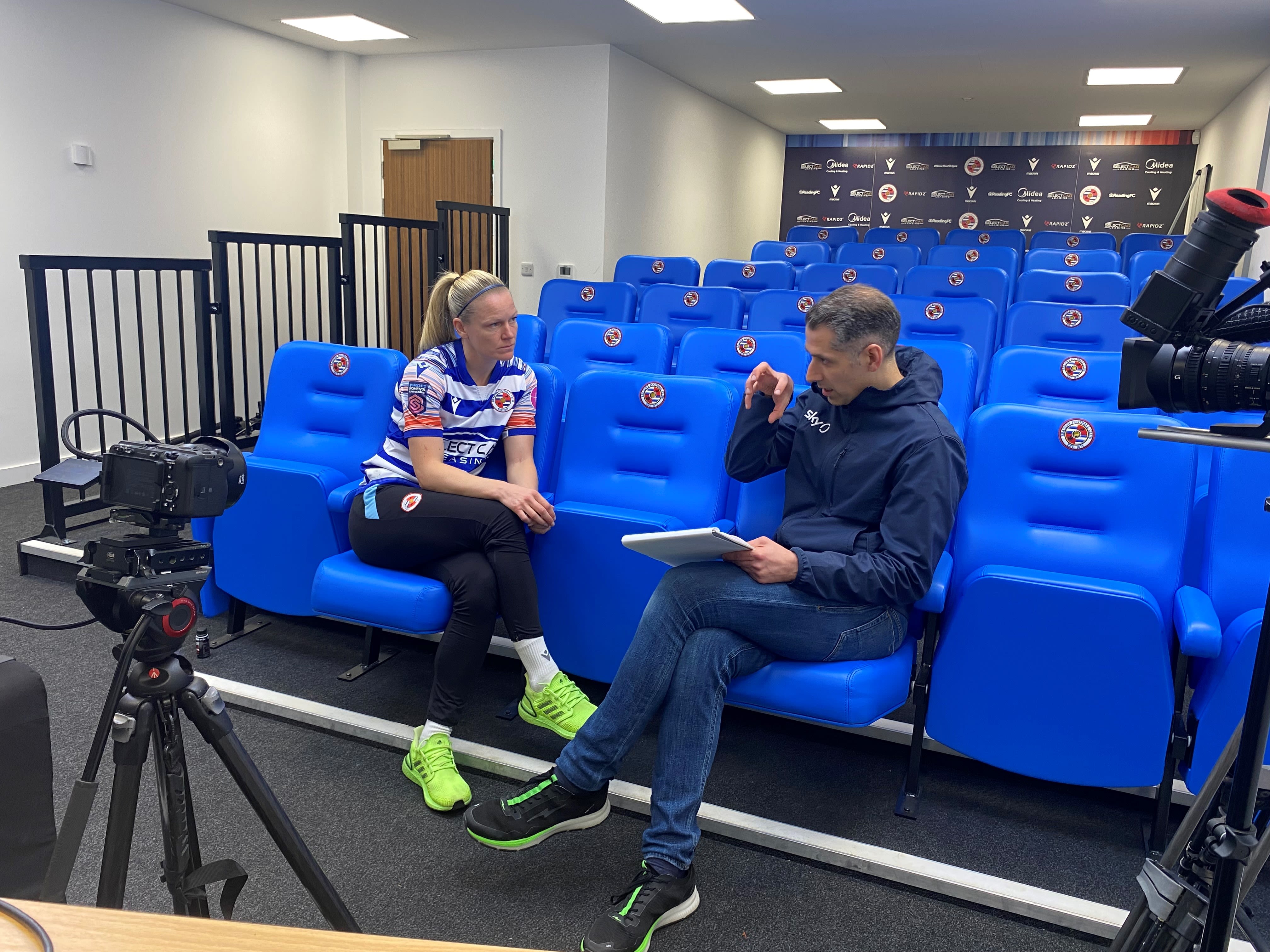
It just so happens that Kyle Harman-Turner is trying to encourage clubs to do just that.
Earlier this year, he left his job as a creative director to start Climate Clubs, a non-profit organisation, which he tells Sky Sports ‘is a collective of people who are creatives, designers, strategists - who are all coming together to tackle climate change via the power of football.”
The organisation’s standout action so far has been to subvert football club badges and redesign kits to draw attention to the issues affecting the climate; by April, images of said items had garnered over 20 million social media impressions.
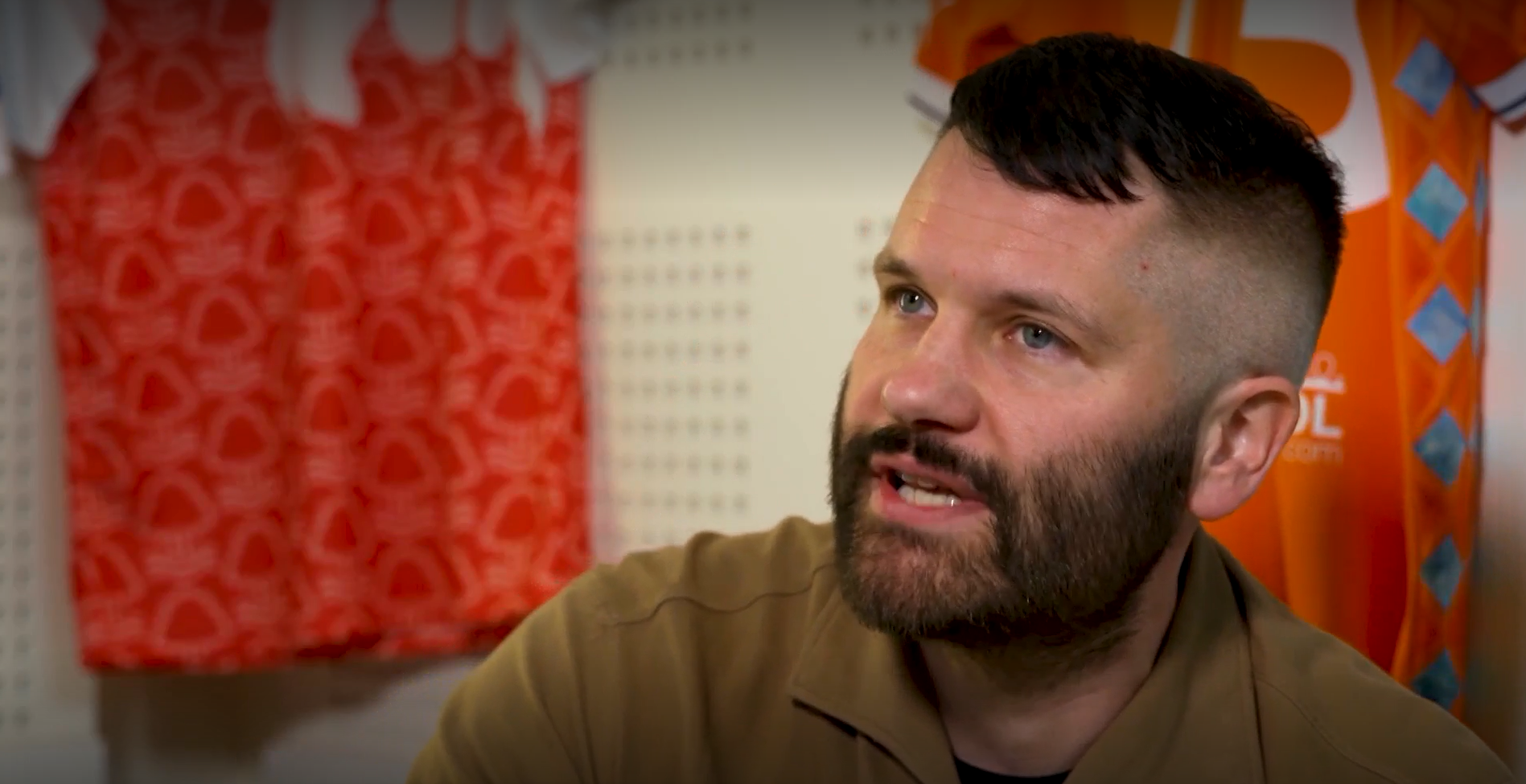
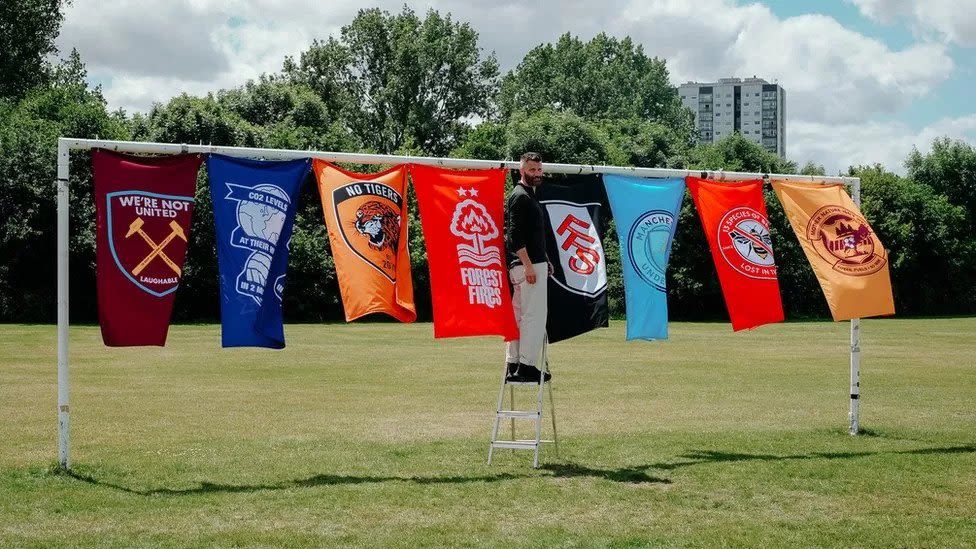
Harman-Turner explains that it is about disrupting the status quo, but in a positive way.
“Take Brentford for example. Thirteen species of bees have been lost since the 1990s, so we subverted the badge and put the strike through the bee. If you look at Nottingham Forest’s famous tree badge, we subverted that to raise awareness of forest fires, as 7.7 billion acres were lost in 2021, an incredible amount.
“Imagine if Brentford made a kit where all the money from sales goes directly into the reintroduction of those lost bee species. Imagine if they made a wildflower-seeded matchday programme that fans could take home and bury in their garden or local community, and grow club colours in wildflowers.
“We would love to work on some of these concepts with the clubs in a way that’s cultural, not in a way that has to be disruptive, in a way that shows that it can engage fans, truly engage fans.
“I get hundreds of messages every single day from young fans, asking to buy our flooded kits. I’m not selling them, because it’s not-for-profit, but I would love to collaborate with the likes of Umbro to make the West Ham kit, or Nike to make the Chelsea one. This next generation really care about it and don’t want to inherit a world that’s dying.
“I photographed my West Ham shirt in the stadium, and I asked the steward to hold it for my while I took a picture. He said to me: “You’re not going to run on the pitch are you?” I explained what we’re actually trying to do, and then he was very supportive, because he lives in the area. He was in fear of his home being flooded.”
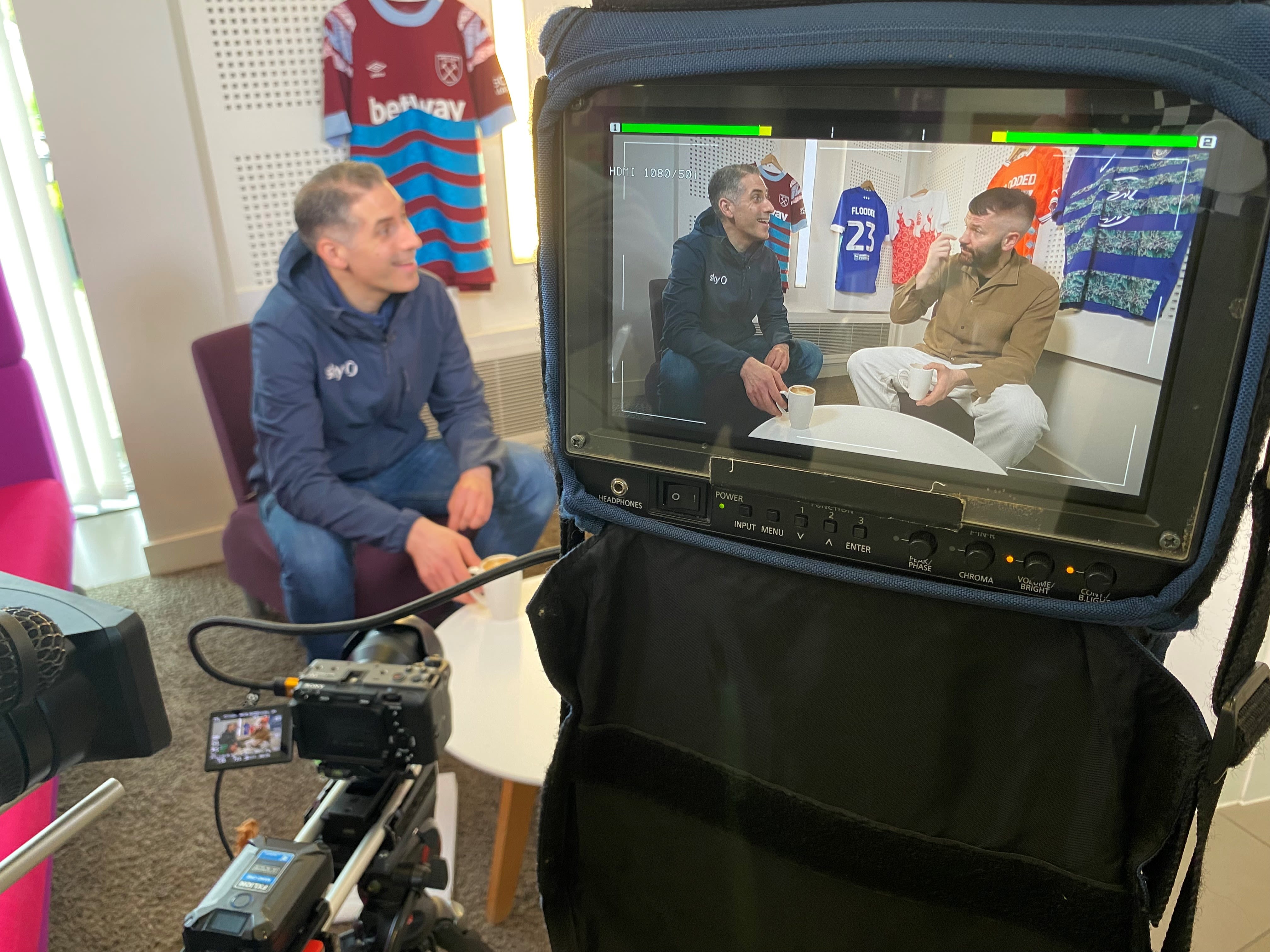
He also agrees with Caldwell’s sentiment that football has a significant part to play in changing attitudes.
“If you look what’s happened with betting sponsors being banned, are we going to follow suit and ban fossil-fuel companies? I think that will end up coming. Maybe it’s the clubs that get ahead now that will be the brand leaders in the coming years. The clubs that get on this journey now will be the ones that are gaining the traction of the next generation of fans.
“I spent a lot of time speaking to the guys who did the Rainbow Laces campaign, in exactly the same position that we are now in advocating this message. They were struggling to get buy-in from clubs. As soon as a couple came on board, then suddenly the whole thing shifted, and now we see it as a normal everyday part of the game.
“I think football clubs are actually more powerful than governments, that’s my big thing. Marcus Rashford is a No 10, Gary Lineker was a No 10… I think they’re more powerful than No 10 Downing Street in their influence. If you look at Instagram, Rishi Sunak has got 1.5 million followers, but Rashford’s got 15.4 million.
“My daughter has just gone to primary school - I viewed 10 primary schools in my local area. It’s not Messi on those walls, it’s Marcus Rashford for his playing ability, but also his social activism. That’s where we see power.
"Roma have done some fantastic work with missing children; they simply post a picture of a missing child next to every signing they make, and have found 12 missing children globally. That’s the sort of thing I want to do. It’s so inherently powerful and if we can do that with climate issues, look at what we could achieve, it’d be amazing.”

Sky Sports News' David Garrido:
It's clear that the world is in a precarious place and the recent weather stories from central Europe are proof enough that we face some daunting challenges going forward. Professor Ed Hawkins' climate stripes paint a worrying picture, you cannot imagine anything but deeper and deeper red in the decades to come. Football will inevitably be affected by that - expect clubs to review where they go for pre-season, athletes to be challenged physically more by the conditions they encounter, and more matches and stadiums under threat due to extreme weather and flooding.
But what's also clear is that football is in a unique position to tackle the climate crisis for a few reasons, the biggest of which is its mass appeal and its place within our culture. There are not many things that can command the attention of a global population, but the beautiful game is one of them. Our work shows that there are creative forces and powerful people ready to harness that, with two main aims: convince fans to transition to a low-carbon lifestyle in their everyday choices, and also to put pressure on governments and decision-makers to drastically cut emissions.
What's unclear is whether there exists a real urgency for football to take concerted steps down this path. We have natural trailblazers in Dale Vince at Forest Green Rovers, launching his electric airline, and amazing athlete advocates like Diane Caldwell at Reading. But their biggest challenge is getting others to follow. The sheer magnitude of this problem demands a similar magnitude of response at every level of the game. Things may get worse before they get better - but timing is everything. If football, sport and society at large leave it too late, the challenge will be too big to overcome. Miracles don't always happen, 3-0 down at half-time in Istanbul doesn't always turn into a penalty shootout victory. But react now, mobilise, lead... and there is still a chance of producing the greatest comeback ever.
Do you want to know more about this topic?
Football’s Toughest Opponent explores the impact of climate change on football, how football contributes to climate change and what governing bodies, clubs, managers and players are doing to tackle the climate emergency.
Click below to watch...


